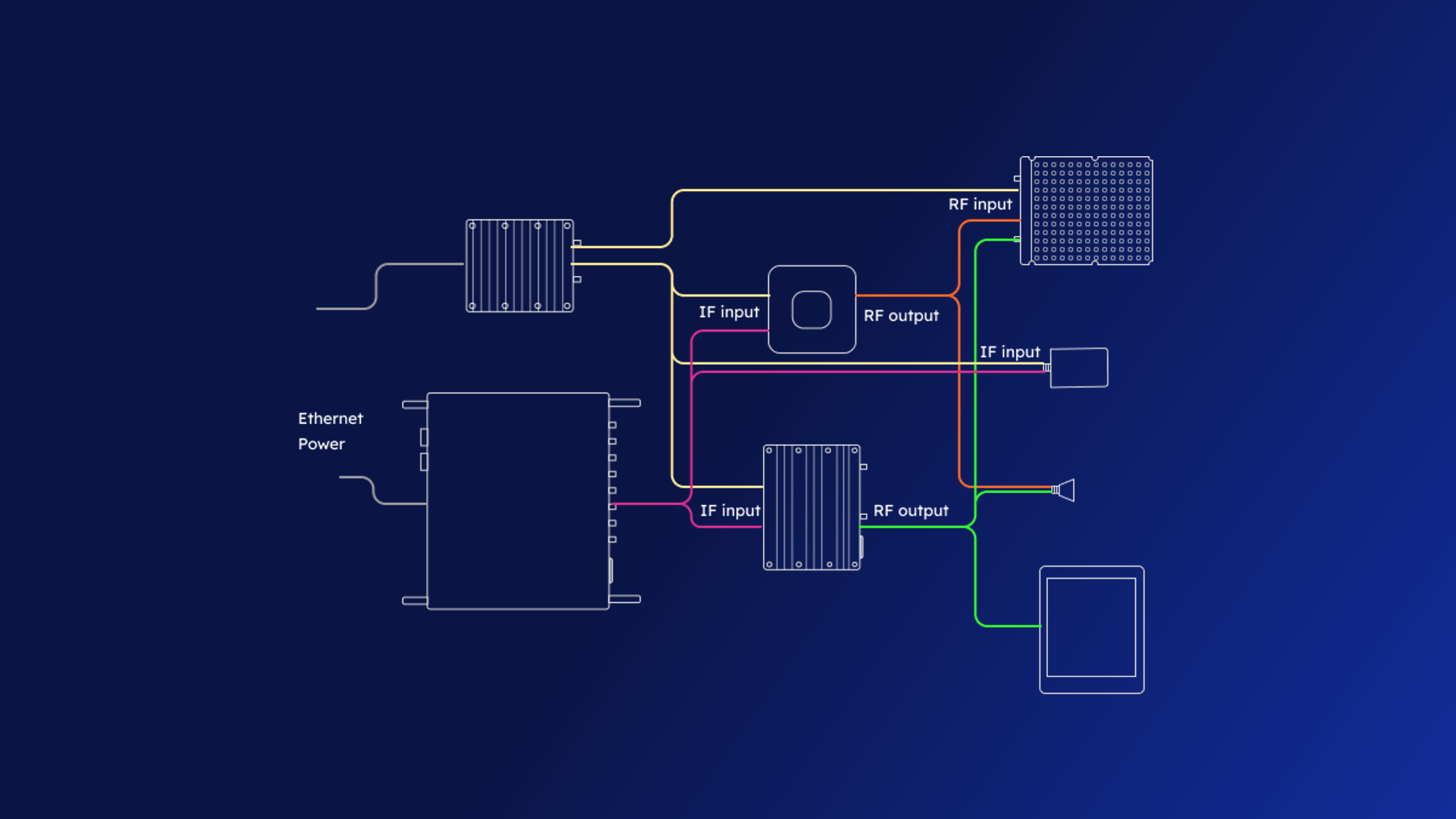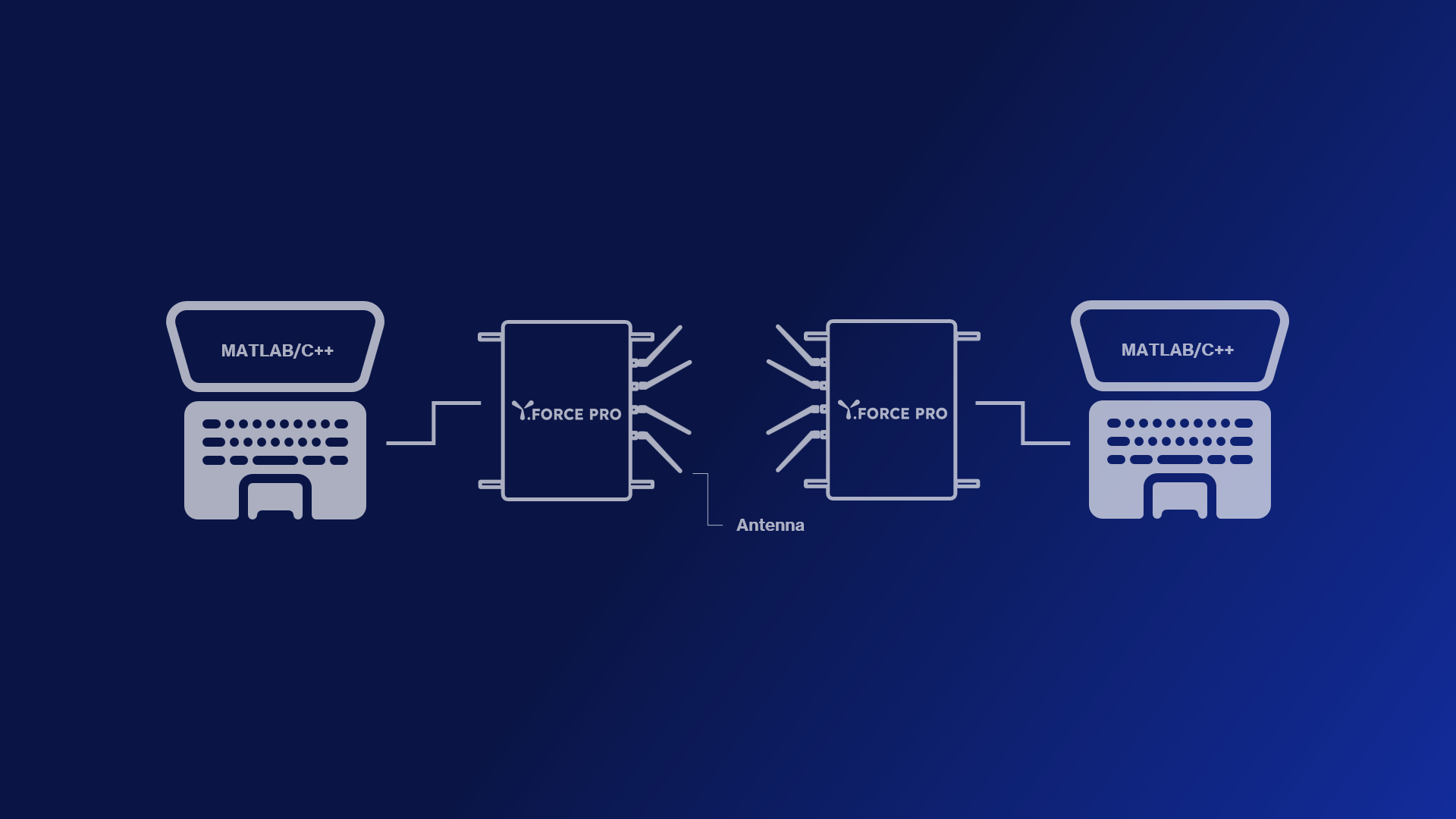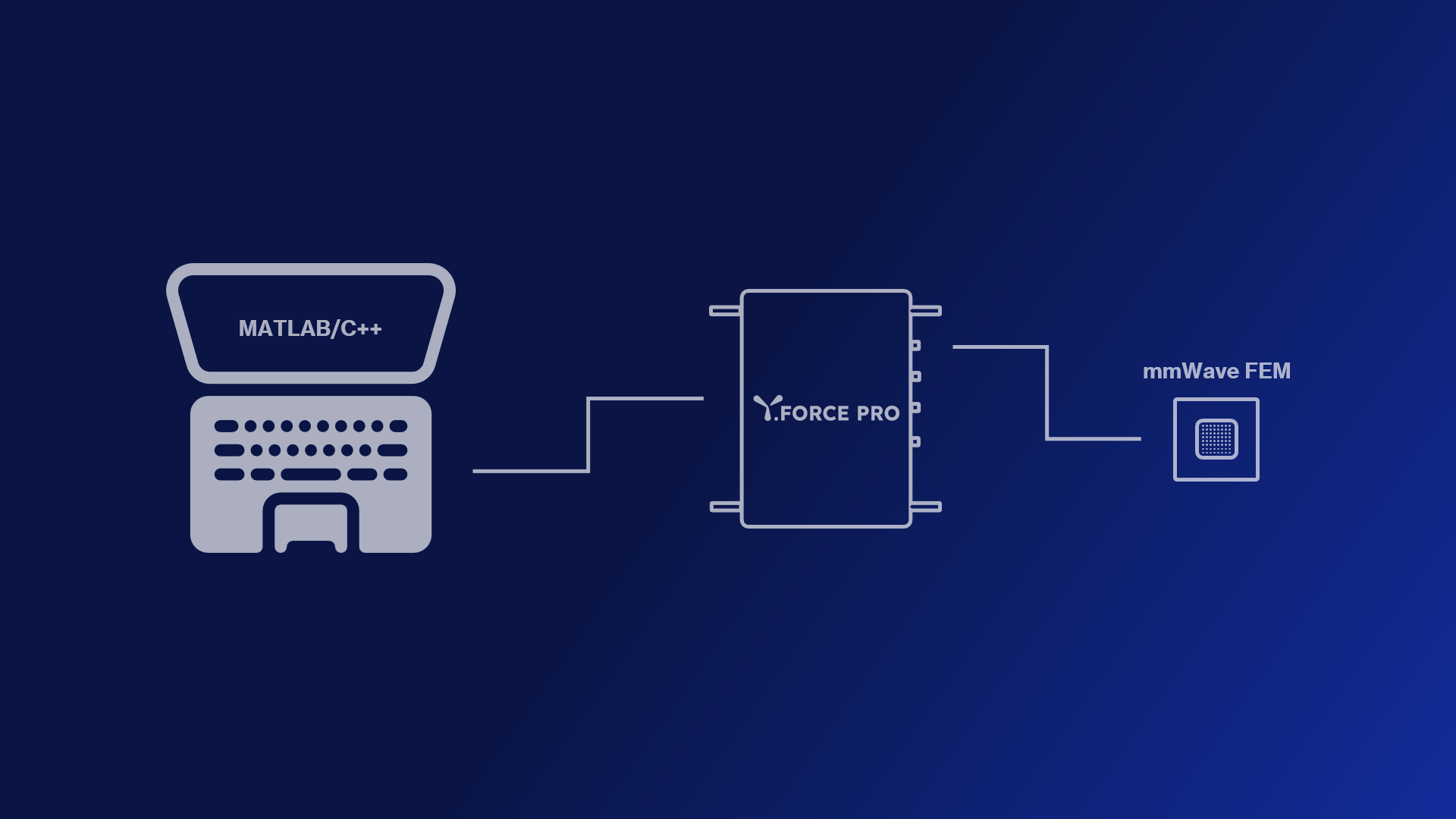How to Prototype Wireless Systems? Using SDR for Rapid Prototyping
Wireless system developers create prototypes to test and validate their ideas in real-world conditions. In today’s fast-paced technological landscape, reducing prototype creation time is crucial. SDR (Software-defined radio) has emerged as the optimal solution for rapid prototyping, empowering system developers to validate their concepts efficiently.

Why is SDR an Optimal Solution for Rapid Prototyping?
The flexibility of SDR allows engineers to define and process wireless communication protocols through software, including real-time signal modulation, processing, and analysis. This enables the same hardware to support different communication standards and prototype configurations rapidly.

Leveraging advanced SoC (System-on-Chip) and FPGA (Field-Programmable Gate Array) technology, SDR enables system developers to prototype and develop algorithms. SDR is now widely used in R&D and academic experimental applications.
How YTTEK Assists System Developers in Prototyping Wireless Systems?
Beyond serving as an RF testing and measurement platform, the PluSDR is also capable of prototyping wireless systems leveraging its SDR architecture. Leveraging PluSDR’s MATLAB and C++ environments, system developers can build fully functional wireless systems via code and perform OTA (Over-the-Air) testing to simulate real-world communication scenarios.
Key Features of PluSDR (YTPC400)
- Highly flexible software-defined radio platform
- Supports a frequency band of 10 MHz to 9 GHz
- 400 MHz high bandwidth per channel
- Expandable to synchronize up to four units for an 8T8R configuration
- Supports 5G NR, WiFi, and CCSDS (satellite communication) standards
Below, we provide two example scenarios to help you better understand how PluSDR assists system developers in prototyping wireless systems.
Example 1: Dual-link Real-time 4G or 5G Sub-6 GHz Prototyping
The PluSDR with a 2TX and 2RX configuration enables the connection of four antennas for dual-link real-time 4G or 5G sub-6 GHz prototyping. This setup supports advanced MIMO technology, providing enhanced data throughput and reliability.

Example 2: 5G mmWave System Prototyping
For 5G mmWave prototyping, the PluSDR can connect to the Y.BEAM mmWave front-end module (FEM) to create realistic 5G mmWave transmission scenarios and validate beam management algorithms.

In this setup, an automatic planar scanner can also be integrated for near-field measurements to verify antenna and RF component performance. If you want to connect your own mmWave FEM, YTTEK provides technical support services to integrate your mmWave FEM with PluSDR.
By using PluSDR, wireless system developers can efficiently prototype and validate wireless systems, ensuring robust and reliable communication solutions in the rapidly advancing field of wireless technology.

